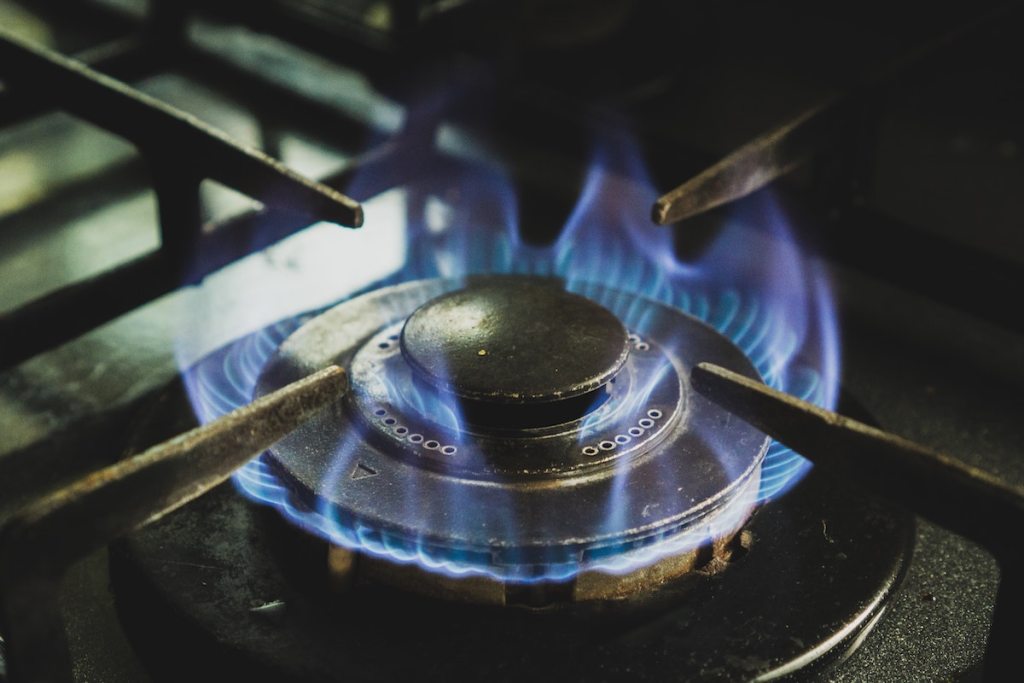To meet its goal of 100 percent renewable electric power by 2030, the City of Santa Barbara is crafting an all-electric reach code together with a ban on natural gas hookups in new construction. In these deliberations, the appliance that has become the focus of controversy is the magnetic induction cooker. Because it directly heats a pan using electromagnetic fields, an induction unit can provide great power, instant adjustability, excellent thermal efficiency, and precise control. The energy efficiency of induction coils is more than double that of gas burners — 80-90 percent goes to the cooking of food compared to 38 percent for gas units.
Since an induction cooktop, commonly a glass ceramic sheet, does not get hot except directly under the pot and even then is only moderately hot, it is safer than a gas range and much easier to clean. The lack of a hot surface means no hard-to-clean baked-on spills.
The Southern California Gas Co. (SCG) and its front group, Californians for Balanced Energy Solutions (CBES), funded from ratepayers’ monies (illegally?), promote kitchens with gas appliances. They claim Californians want to cook with natural gas. Magnetic-induction cooking, widespread in Europe and Asia, is still a relatively new technology in the U.S. However, according to the National Kitchen and Bath Association, induction cooking accounted for 15 percent of stove sales last year. It is even becoming the preferred choice for many top chefs.
Get the top stories in your inbox by signing up for our daily newsletter, Indy Today.
What SCG and CBES do not reveal to the public are the health issues linked to gas ranges. Physicians for Social Responsibility and three other national research groups reviewed two decades of peer-reviewed studies on indoor air quality linked to gas appliances. Their findings show that gas stoves are exposing tens of millions of people to levels of air pollution in their homes that would be illegal outdoors under national air quality standards.
This explains why gas companies have fought so hard and so long to fend off regulation of gas stoves while claiming natural gas to be a clean fuel. Children risk respiratory issues and reduced brain performance when exposed to gas combustion residues, especially when combustion is incomplete. The EPA reports that children are 42 percent more likely to have asthma challenges when living in a home with a gas cooker.
There is the question about electromagnetic radiation exposure from induction cookers. Studies in Europe and the U.S., including one from the World Health Organization, show no health risk, even for pregnant women and young children. As close as one centimeter (approximately 3/8″) from a magnetic coil reveals no measurable effects on health.
Another consideration is the roughly 25 percent cost premium for induction ranges over gas ones, but this differential is decreasing as induction stoves gain market share. Perhaps the most important consideration is that natural gas has no role in a clean energy future, nor one as a part of solving climate change.
Every day, the staff of the Santa Barbara Independent works hard to sort out truth from rumor and keep you informed of what’s happening across the entire Santa Barbara community. Now there’s a way to directly enable these efforts. Support the Independent by making a direct contribution or with a subscription to Indy+.

